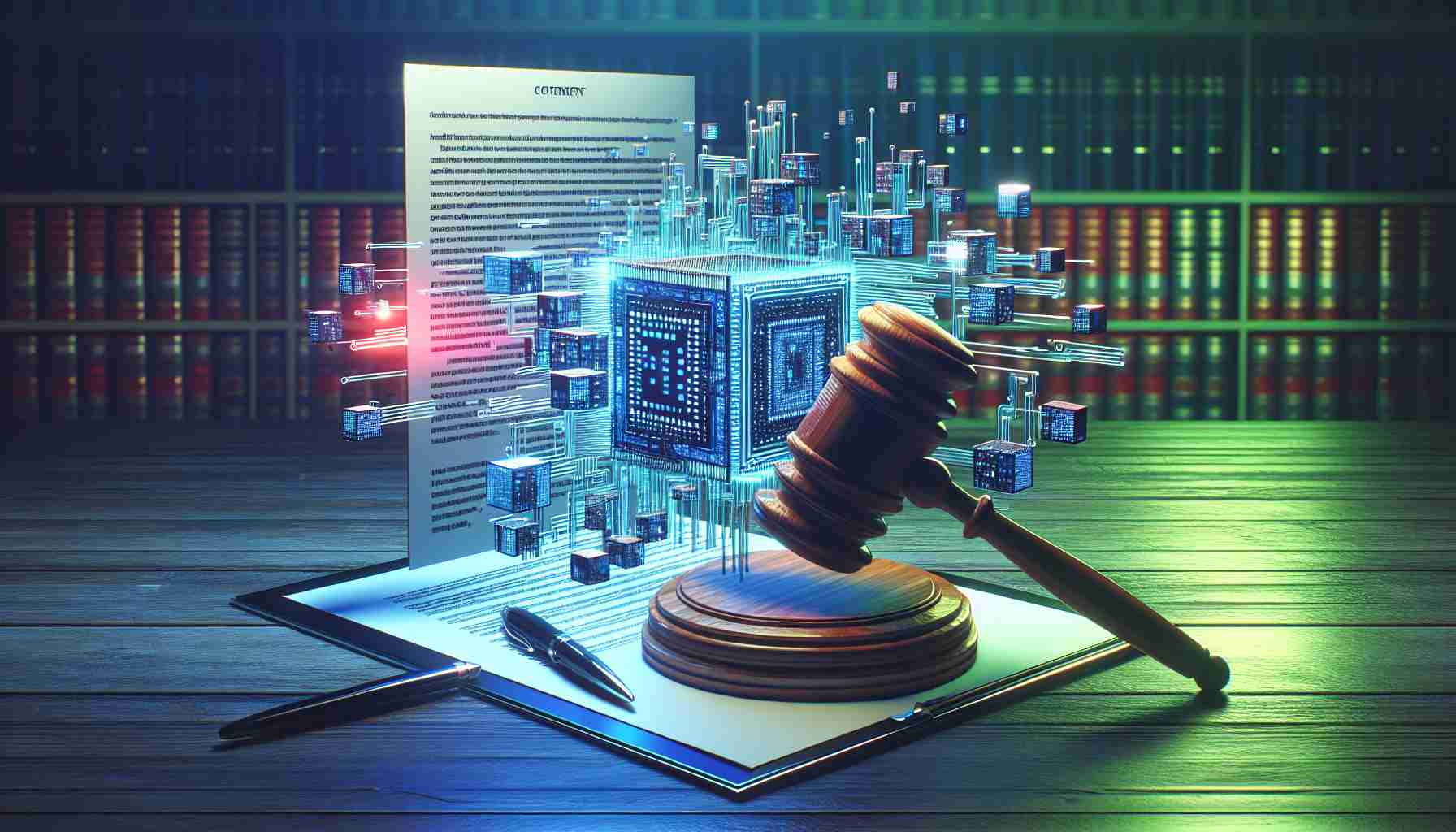Huawei Expands Pura Lineup with Potential PuraOS
In a strategic move that hints at further innovation, Huawei has filed for a trademark named ‘PuraOS’. This step fuelled speculations about a possible proprietary operating system for its Pura 70 series smartphones. The application falls within the scientific instruments category and is awaiting detailed examination before it can receive official clearance.
Recently, Huawei expanded its product range by introducing the enhanced Pura brand, which signifies the evolution of the company’s P series. With this advancement, the Pura 70 series was also launched, showcasing the company’s commitment to growth and technological development.
Speculations Arise as PuraOS Could Revolutionize Huawei’s New Series
While there is anticipation around PuraOS potentially transforming the Pura 70 series into devices with a unique operating system, Huawei maintains silence on the matter. The uncertainty leaves tech enthusiasts and consumers alike in eager anticipation of an official announcement.
The development of PuraOS could mark a pivotal point for Huawei, allowing them to offer a more streamlined and exclusive user experience through their Pura products. As the situation continues to unfold, it’s clear that Huawei is looking to redefine their brand with the enhanced Pura lineup, signalling new growth opportunities in an increasingly competitive market.
Industry watchers are keenly observing this potential pivot point for Huawei, which has been meticulously cultivating its Pura brand. The intrigue around PuraOS only adds to the possibility of exciting innovations in Huawei’s future portfolio.
Exploring the Impact of Huawei’s PuraOS Trademark Filing
Huawei, a renowned global telecommunications equipment and consumer electronics manufacturer, has taken a significant step by filing a trademark for ‘PuraOS’. This move brings forth the question of whether Huawei is planning to introduce an indigenous operating system for its Pura 70 series smartphones or if it signifies a broader strategy to diversify its software offerings amid global tech competition.
Key Questions and Answers
What is PuraOS, and what does Huawei’s trademark signify?
PuraOS appears to be a potential proprietary operating system for Huawei’s Pura 70 series smartphones, as indicated by the recent trademark filing. This signifies Huawei’s attempt to further develop their tech ecosystem, possibly due to past restrictions on using American technology.
Why might Huawei be developing its operating system?
Huawei has faced significant challenges due to restrictions placed by the US government, which have impacted its ability to use American software and technology, such as Google’s Android OS. By developing PuraOS, Huawei could reduce its dependency on foreign technologies.
Has Huawei developed its own operating systems previously?
Yes, Huawei has previously developed HarmonyOS, also known as HongmengOS in China, designed for various devices, indicating that the company has the capability to create alternative operating systems.
Key Challenges or Controversies
A major challenge for Huawei is the global market’s acceptance of a new operating system. Users are extensively accustomed to Android and iOS ecosystems, making it difficult for new players to gain traction. Additionally, developing a rich suite of apps and services compatible with PuraOS can be a daunting task.
Controversies have surrounded Huawei in recent years, mainly due to the US government’s accusations of the company posing a national security risk, leading to Huawei being placed on an export blacklist. Any development related to Huawei is closely scrutinized under this light.
Advantages and Disadvantages
Advantages:
– Independence from US tech constraints which have limited Huawei’s access to Android.
– Potential for tailored user experiences that align with Huawei’s hardware.
– Opportunities to innovate in the software space, possibly leading to unique features.
Disadvantages:
– High barriers to entry in a market dominated by established operating systems like Android and iOS.
– The potential hesitance of developers to create apps for a new and unproven OS.
– Risks of dividing the user base, if PuraOS is not backward compatible with existing apps and services.
For reliable information on Huawei and its ventures, one can visit the official Huawei website through the following link: Huawei Official.
As the world awaits further details on PuraOS, the potential for Huawei to chart a new course in smartphone operating systems is evident, yet whether it will lead to a successful product line or face the challenges that have beset other alternative OS attempts remains to be seen.
